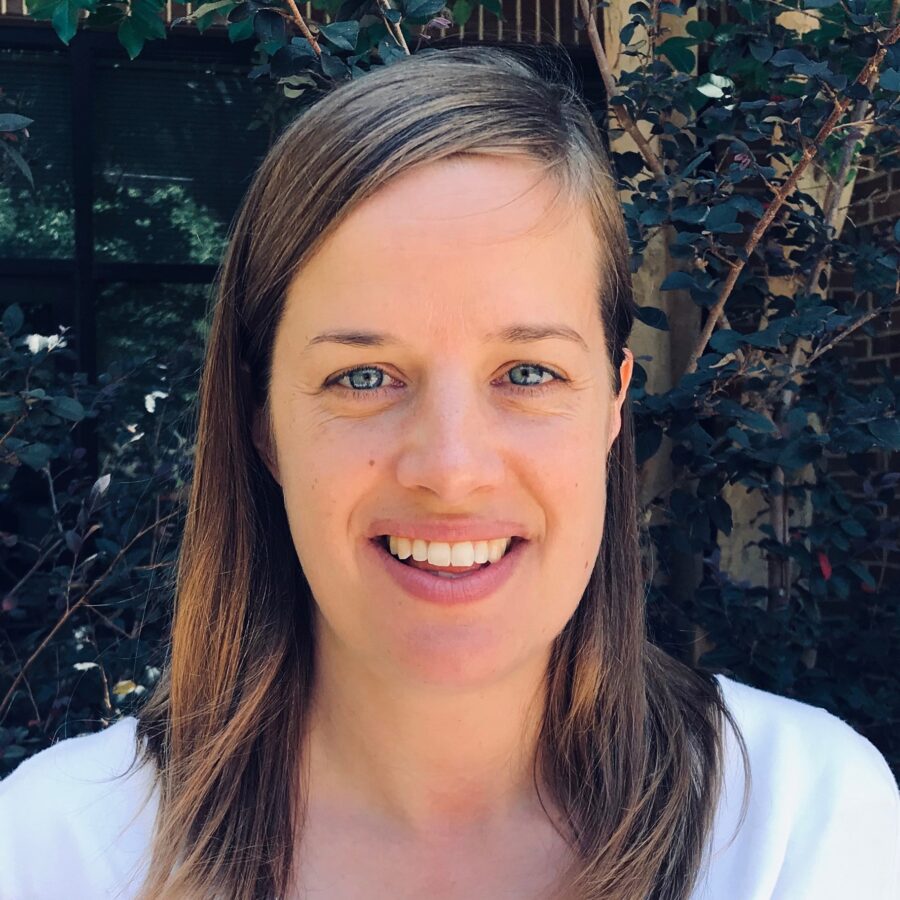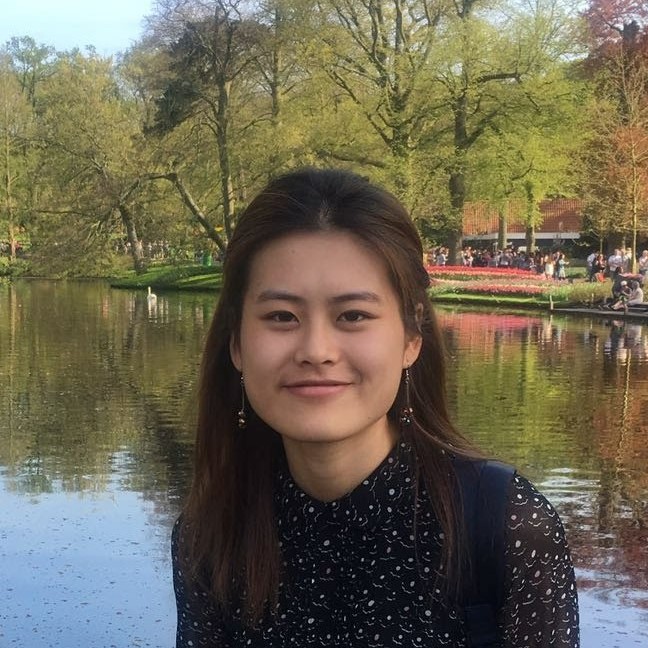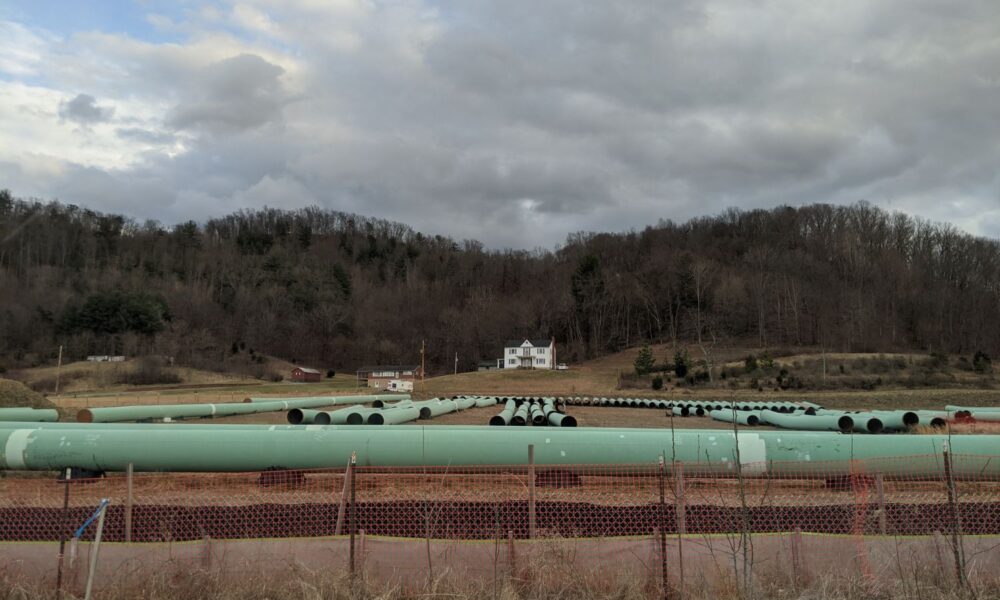In January 2022, the Fourth Circuit US Court of Appeals ruling on a Sierra Club lawsuit stripped the Mountain Valley Pipeline of construction permits in the Jefferson National Forest. This was a rare moment when the cumulative voices of affected communities who watched their fields wash away due to pipeline construction rose above the influence of a major player in the energy industry. Scientific analysis provided by the graduate students of Virginia Scientist Community Interface (V-SCI) played a key role in lending credence to a mountain of evidence that up until that point had been treated as ‘anecdotal.’
How were grad student volunteers able to help delay a multi-billion dollar project? The Mountain Valley Pipeline (MVP), now a $6.2 billion project, is an interstate natural gas pipeline proposed to run from northwestern West Virginia to southern Virginia. EQM Corporation, one corporation in the conglomerate that finances Mountain Valley Pipeline LLC, is a $3.2 billion company that lists 950 miles of pipeline as just one of its assets. In contrast, V-SCI is the passion project of an all volunteer group of graduate students, formed in 2019. As graduate students, work done for V-SCI was extracurricular, because maintaining satisfactory progress on their degrees took priority. With little outside funding—their $328 website fee was crowdfunded amongst themselves—their greatest assets were science literacy and research skills developed through years of conducting academic research. Through a partnership with community groups, V-SCI contributed scientific analyses that advocates often struggle to find.
“It’s almost impossible to find experts who can do the detailed, project-specific research that the V-SCI team does,” said David Sligh, of the advocacy group Wild Virginia. It was this partnership that made confronting the powerful energy industry possible.
The jump from inspiration to action
Developing a movement and attaining a critical mass of community support happens through grassroots efforts and continuous conversations, and requires deep local knowledge. Science is notoriously esoteric, and often communities with concerns are not integrated with scientists who have the expertise they need. Bridging this gap is a critical driver of the New York-based group ScAAN: a group of graduate students and postdocs who work with local partners to provide scientific expertise for a variety of policy issues. Attending a presentation given by ScAAN was the inspiration that drove then-graduate student Linnea Saby to start V-SCI with a handful of peers at the University of Virginia. By learning from ScAAN meetings and utilizing aspects of their framework, Dr. Saby had the blueprints to create a similar group local to Virginia.
The jump from inspiration to action is an important step that can be enigmatic for scientists looking for partnerships with community advocates. Scientific expertise without local, political, or legal knowledge is not enough to take on powerful organizations. Key to the success of V-SCI was finding a need for scientific analysis to support community organizing.
However, Dr. Saby stresses that such relationships should not be forced. Not every advocacy organization is in need of scientific expertise, and trying to impose help can cause significant harm. Forming a mutually beneficial working relationship requires the highest respect for lived experiences and an investment of time to build relationships and trust. A successful partnership also requires clear communication about what is needed, what can be delivered and a commitment to follow through on promises. In this case, V-SCI recognized the communities experiencing environmental injustices or fallout from pipeline construction as the experts regarding their experiences.
As the conservation director of Virginia-based advocacy group Wild Virginia, David Sligh was positioned to facilitate connections in the networks that strengthen the advocacy apparatus. With degrees in environmental science and the law, Sligh has a foot in both the science and policy worlds and a unique perspective on their intersection. Lawyers at the Southern Environmental Law Center introduced Sligh to the V-SCI students and he quickly recognized the potential of a partnership with scientifically proficient students whose research skills could amplify efforts already in motion across the advocacy network. This started an important mentorship between Sligh and V-SCI, as the transition from academic research to using science to inform policy decisions was not immediately intuitive.
Getting a foothold
Academic research is designed to push the horizon of current scientific understanding, and graduate students spend years training in this process. However, policy that relies on science requires a very different set of questions and answers. The most useful evidence to support legal actions demonstrate violations of environmental protections afforded by laws like the Endangered Species Act and the Clean Water Act. Initially, V-SCI considered reviewing impacts the pipeline would have on the larger issue of global warming. Instead, it was serious problems with sedimentation due to MVP construction that could be used in a lawsuit.
On top of figuring out what scientific information is useful in court, an issue as large as a pipeline project brings with it an overwhelming scope and scale of potential impacts. In the case of the MVP project, there were over 10,000 pages of documentation. This is where the partnership muscle flexed, as Sligh and his network had already flagged areas in the pipeline plans that had potential for disastrous effects on local communities and ecosystems, including concerns about water quality and sedimentation from MVP construction. The depth of knowledge within the advocate group regarding the pipeline project was absolutely critical.
Gaining new skills
The students in V-SCI had no experience with pipelines before beginning work on the MVP project–just awareness of environmental fallout from previous pipelines. Ultimately, supporting community advocates involved utilizing research skills to learn specific subject matter outside their own areas of expertise, which included diving into the finer details of the RUSLE2 soil erosion model and a survey of relevant scientific literature. Review of MVP’s report on predicted sedimentation due to pipeline construction revealed a host of problems with their analytical methodology, including use of the outdated RUSLE model, and subsequently a significant underestimation of water quality impacts. Stream gauge data from a United States Geological Survey monitoring station showed a 19% increase in sedimentation, when MVP’s models predicted only a 2% increase. In fact, up to 39% of the area in the Jefferson National Forest could have erroneous predictions. MVP’s science just did not add up.
Through working on the MVP project, V-SCI members learned important lessons about science advocacy and developed transferable skills. While at times members of V-SCI felt they needed to prove themselves as capable analysts, they also realized that building trust through consistency and making the effort to listen to the advocacy network to determine which needs could be met was paramount. Unfortunately, there is a long history of scientists abusing relationships with communities, which impedes what could be powerful collaborations.
Additionally, for the graduate students, this process allowed them to develop skills that were outside their area of expertise—a crucial element as academic research does not always directly translate to science advocacy. Volunteering in V-SCI also provided safe spaces for graduate students to learn from each other and to engage in constant exchange of knowledge with their peers.
The victory
In the end, it was the real-world, publicly available stream gauge data which backed up claims that MVP was misusing the RUSLE model that swayed the court. Proper assessment of environmental impacts requires calibrating sedimentation models to the unique ecosystem of the steep, rocky Appalachian slopes, a critical step that MVP skipped. The result was severe environmental impacts that had already resulted in $2 million in fines.
History tells us this is not the first time a powerful industry has caused serious environmental consequences for local communities. Could collaborations between advocacy groups and scientists committed to independent, rigorous science—uninfluenced by industries or bottom lines—help prevent these disasters? It is this larger conceptual question that ignites passion for scientists and advocates that know the rock in their slingshot could fell Goliath.



